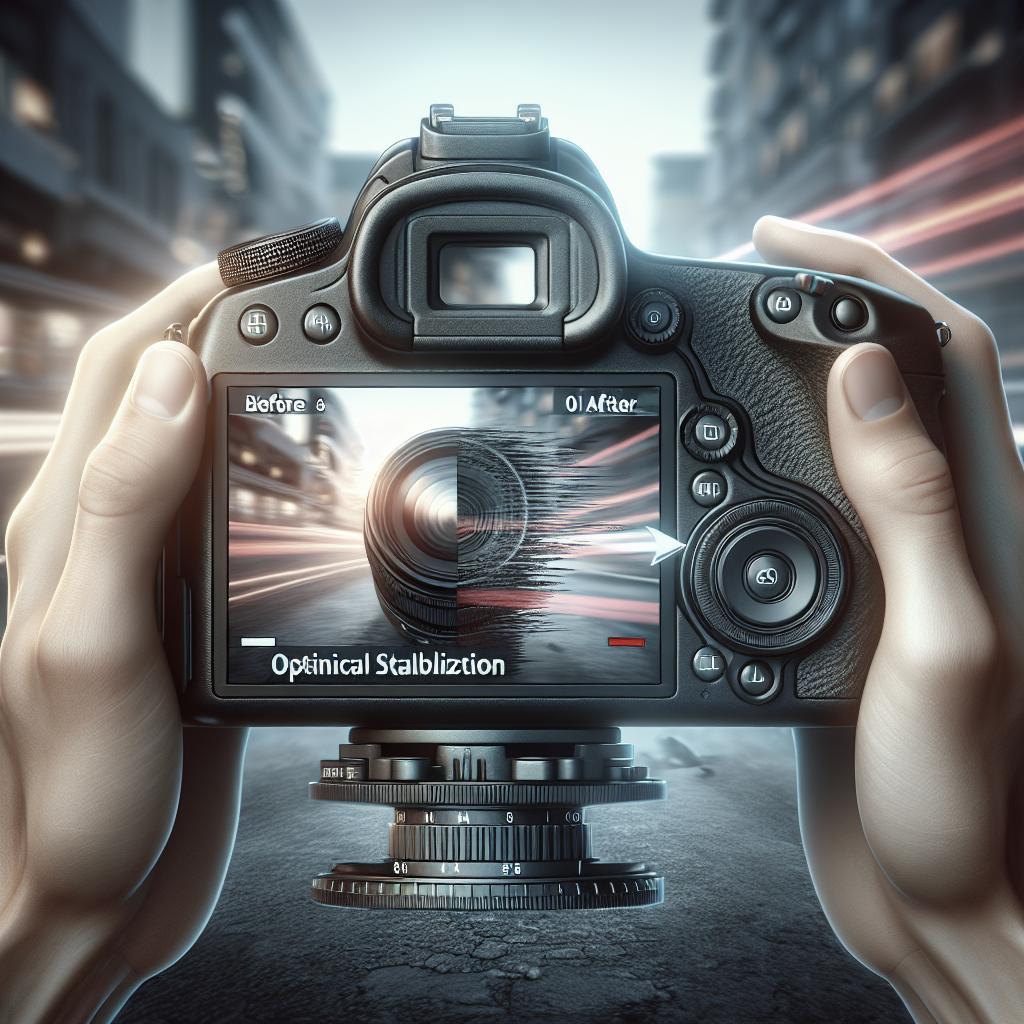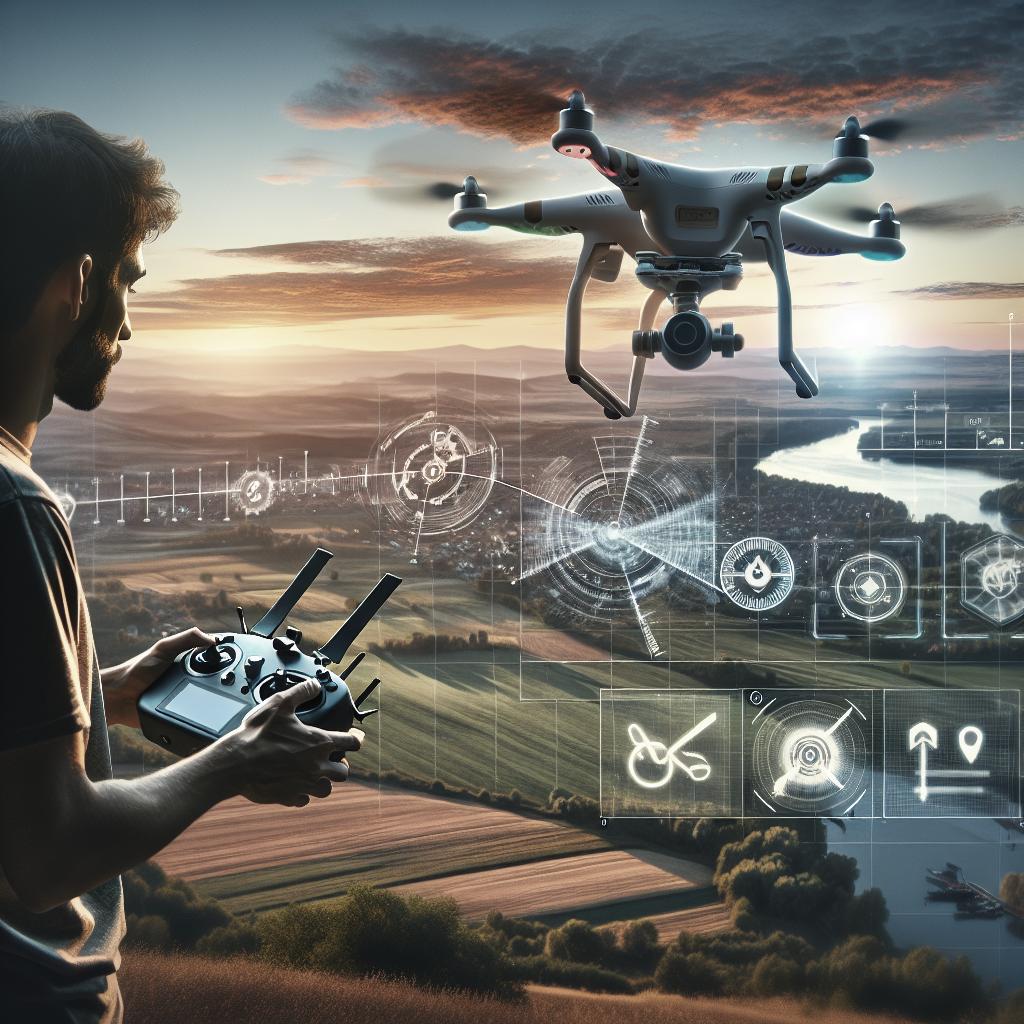“`html
How Gyroscopic Stabilizers Improve Video Quality
In the realm of videography, the quest for smooth and stable footage is unending. Gyroscopic stabilizers have emerged as invaluable tools, providing filmmakers and content creators with the ability to produce seamless and professional-quality videos. These devices leverage sophisticated technology to detect and compensate for unwanted camera movements. This blog post delves into the mechanics of gyroscopic stabilizers, examining essential components such as accelerometers and gyroscopes. We will explore how these motion sensors contribute to improved video stabilization and discuss common video artifacts and how advanced Optical Image Stabilization (OIS) technologies work in tandem with motion sensor data to mitigate these issues. Lastly, we will summarize the pivotal elements of video stabilization, offering future insights into the evolution of this vital technology.
Six degrees of freedom
The concept of six degrees of freedom (6DoF) forms the cornerstone of video stabilization technology. It refers to the freedom of movement that a rigid body experiences in three-dimensional space: moving along the x, y, and z axes, and rotating around these three axes—pitch, yaw, and roll. Understanding these movements is crucial for the stabilization processes, as it allows the system to predict and counteract unwanted movements.
Gyroscopic stabilizers utilize the principles of 6DoF to maintain a steady frame, allowing for fluid motion while filtering out sudden, jarring movements. By assessing the spatial orientation and movement, the stabilizer can adjust the camera’s position precisely, ensuring a smooth and consistent video output even in dynamically changing environments. This capacity is what makes gyroscopic stabilizers indispensable tools for both amateur and professional videographers who demand mobile flexibility without compromising on video quality.
Two key motion sensors with crucial data
Accelerometer
Accelerometers are critical components in gyroscopic stabilizers, capable of measuring the rate of change of velocity. These sensors can detect linear movements and provide critical data that helps the stabilization system compensate for shifts in position. This information is particularly useful for adjusting the camera’s vertical and horizontal positioning to ensure steadiness.
Gyroscope
A gyroscope provides essential data on angular velocity, which is fundamental for detecting and correcting rotational movements. These sensors are crucial in identifying pitch, yaw, and roll shifts that could lead to instability in the video frame. By accurately measuring these angles, gyroscopes enable stabilizers to preemptively counteract unwanted rotations, maintaining a balanced and smooth video capture.
Frequent motion sensor data updates
Both accelerometers and gyroscopes provide continuous streams of data, which is processed in real-time to ensure the most accurate stabilization. These frequent motion sensor updates allow the gyroscopic stabilizers to apply corrections swiftly, effectively nullifying the lag that can cause video artifacts and deviations.
How video stabilizers use motion sensor data
The integration of accelerometer and gyroscope data into gyroscopic stabilizers forms the crux of modern video stabilization technology. By continuously analyzing this plethora of motion data, stabilizers can dynamically adjust camera orientation and position to counteract disturbances caused by hand-held shooting or environmental factors such as wind and uneven terrain.
This real-time processing allows for the active compensation of encountered movements, providing the effect of stabilization through counter-movements that mitigate the visible impact of unwanted camera shakes. This combination not only improves the visual quality of video footage but also enhances the viewing experience by delivering smooth transitions that are critical in storytelling and cinematic production.
“I’m afraid we need to use… math!”
Mathematical algorithms play a significant role in the effective functioning of gyroscopic stabilizers. These algorithms process the data from motion sensors, calculating angles and distances to determine necessary adjustments. By applying various equations related to vector calculus and differential mathematics, the stabilizer predicts and responds to movement patterns with precision.
Advanced mathematical models are crucial for understanding and compensating for changes in camera orientation. Gyroscopic stabilizers rely on this complex mathematical framework not just to predict the movement, but also to automate the required counteractions that enhance video quality, setting them apart as sophisticated tools that blend physics with real-world practicality.
Common motion artifacts
Rolling shutter artifacts
Rolling shutter artifacts arise when fast motion causes the camera sensor to capture images progressively instead of all at once, leading to skewed or distorted images. This technology inadvertently records sequentially changing scenes, resulting in noticeable distortions, especially during high-speed pans or when filming fast-moving subjects.
Motion blur
Motion blur is another artifact that impacts video quality. This occurs when a subject or the camera moves while a frame is being recorded, leading to a loss of detail in the recorded footage. Stabilizers can reduce motion blur by minimising the relative movement between the camera and the subject, allowing for crisper and cleaner images even during rapid action sequences.
How OIS uses motion sensor data to tackle artifacts
Optical Image Stabilization (OIS) leverages motion sensor data to reduce the detrimental effects of common motion artifacts like rolling shutter and motion blur. By automatically adjusting the optical path within the camera, OIS mechanisms can stabilize the image before it reaches the sensor.
The continuous data feed from accelerometers and gyroscopes informs OIS systems about any detectable movement, prompting immediate mechanical adjustments to negate the instability encountered. This helps ensure clearer, more stable footage by synchronizing internal compensations with external disturbances, thus maintaining cinematic fluidity even in challenging shooting conditions.
Key pieces of the video stabilization puzzle
Successful video stabilization through gyroscopic methods involves several key components. At its core are precise sensors, such as accelerometers and gyroscopes, that feed continuous data to sophisticated algorithms capable of real-time processing. The interplay between these elements results in seamless stabilization, providing consistently high-quality footage.
The fusion of advanced optical components, algorithmic precision, and dynamic motion data processing encapsulates the video stabilization puzzle. Such systems are invaluable for achieving the cornerstone of visual storytelling, where stability equates to quality, enhancing how content is perceived by audiences worldwide.
Future prospects
| Section | Summary |
|---|---|
| Six degrees of freedom | Explores how 6DoF forms the basis for recognizing and correcting motion disturbances in videography. |
| Two key motion sensors with crucial data | Describes how accelerometers and gyroscopes provide necessary data for stabilization, with frequent updates ensuring accuracy. |
| How video stabilizers use motion sensor data | Examines the process of data integration and real-time adjustments to counteract camera shake and vibrations. |
| “I’m afraid we need to use… math!” | Highlights the crucial role of mathematical algorithms in processing sensor data to maintain smooth video capture. |
| Common motion artifacts | Identifies and explains common video artifacts such as rolling shutter and motion blur. |
| How OIS uses motion sensor data to tackle artifacts | Details how Optical Image Stabilization utilizes sensor data to combat artifacts in video footage. |
| Key pieces of the video stabilization puzzle | Summarizes the elements required for effective video stabilization, emphasizing the synergy between technology and practical application. |
“`


